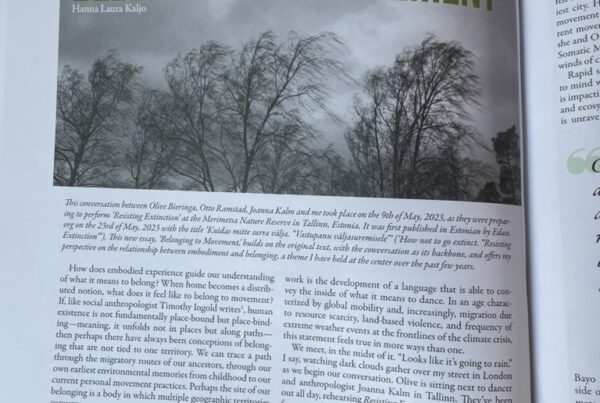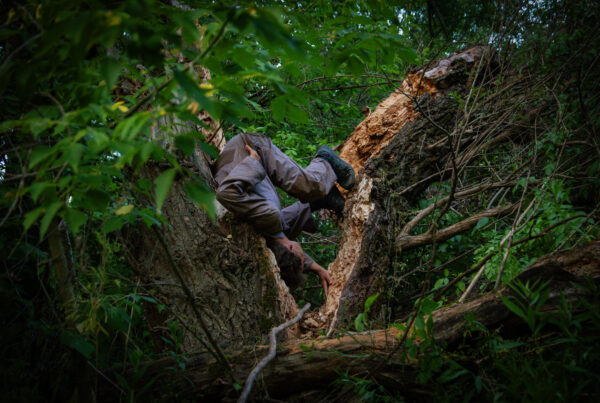author: Betsy Mowry
date: November 3, 2008
source: TC Daily Planet
On October 29, Public Art Saint Paul (PASP) hosted the first of three artist discussions regarding its new Sustainable Practice Fellowships. The funds and creative support are allowing four local artists to research and experiment with methods and practices for sustainable art-making in their disciplines.
The purpose of the Sustainable Practice Fellowship is to stimulate public discussion about the impact of personal behavior on the environment and to foster awareness that will impact art-making practices. In addition, PASP intends to make the fellowship-funded explorations “transparent” by documenting the artists and their processes through videos, photography, and written research journals. The documentary material will be exhibited in Lowertown St. Paul, on the PASP Web site, and at other venues.
Although the Fellowships were originally budgeted for three artists, four were chosen this year based on the excellence of their applications. Performance artists Olive Bieringa and Otto Ramstad direct the BodyCartography Project. They are working to lessen energy use both physically and environmentally. “We’re exploring principles of movement based on anatomy—how do our bodies stay sustainable as we age? [In addition,] we are looking at how to reduce our carbon footprint.”
Puppeteer Chris Gardella has always used industrial and commercial scrap to build large-scale spectacle puppets and theatrical pieces. He regularly uses screen remnants and discarded tarpaulin bags to create fantastic creatures that are lightweight and breathable. “Waste,” he says, “is in the eye of the beholder!”
Ceramicist Janna Schneider is researching firing practices; issues such as the amount energy used, to the output of the kilns and the gasses and toxic ash that may be produced. Because many artists have established techniques, Schneider believes that it is essential to educate emerging artists on sustainable practices.
Lastly, Aaron Dysart is exploring green materials as a means for casting and creating non-permanent sculpture. “Waste in the natural world doesn’t exist,” says Dysart. “In our culture, waste is turned into someone else’s problem.” His goal is to work with birdseed, glycerin, or salt that can return to the environment through animal consumption or natural disintegration with a minimal impact on surroundings.
The artists agreed that there are challenges in integrating green practices into their work on a daily basis. “It can be restricting,” says Schneider, “but we know we need to make changes.”
Betsy Mowry is a mosaic artist and an arts education associate at COMPAS.


